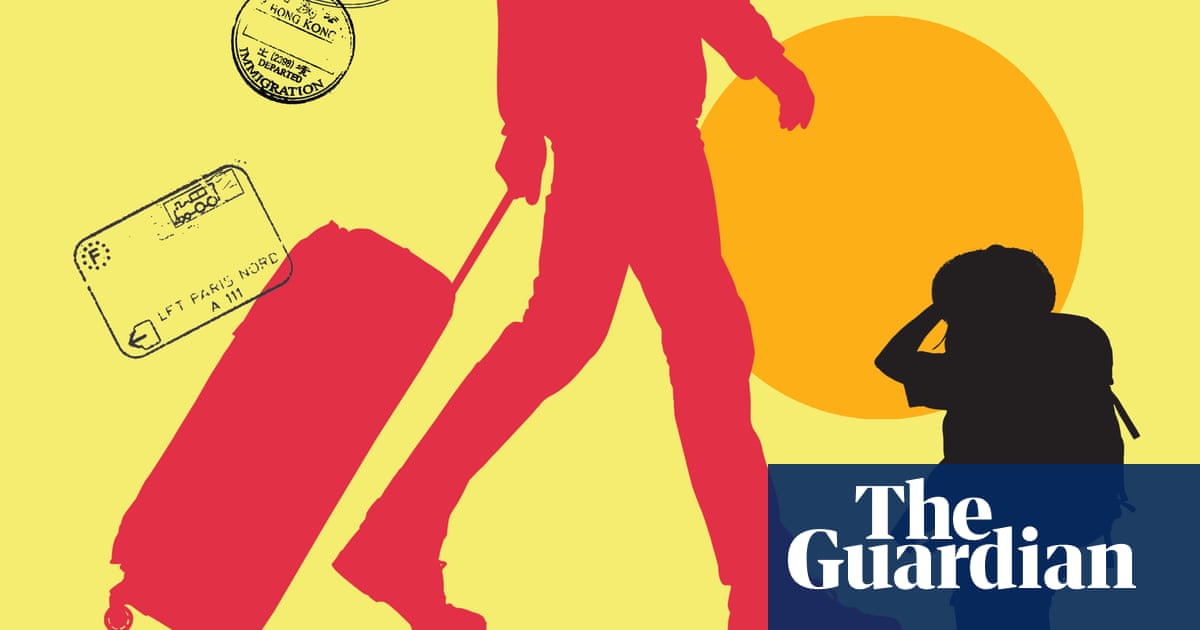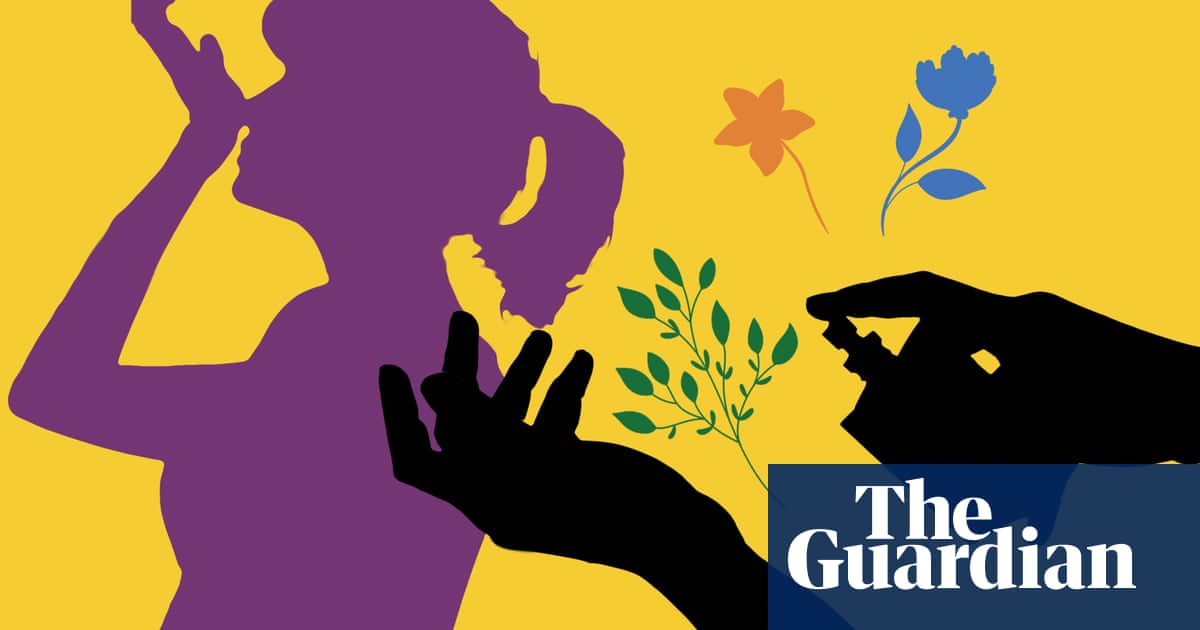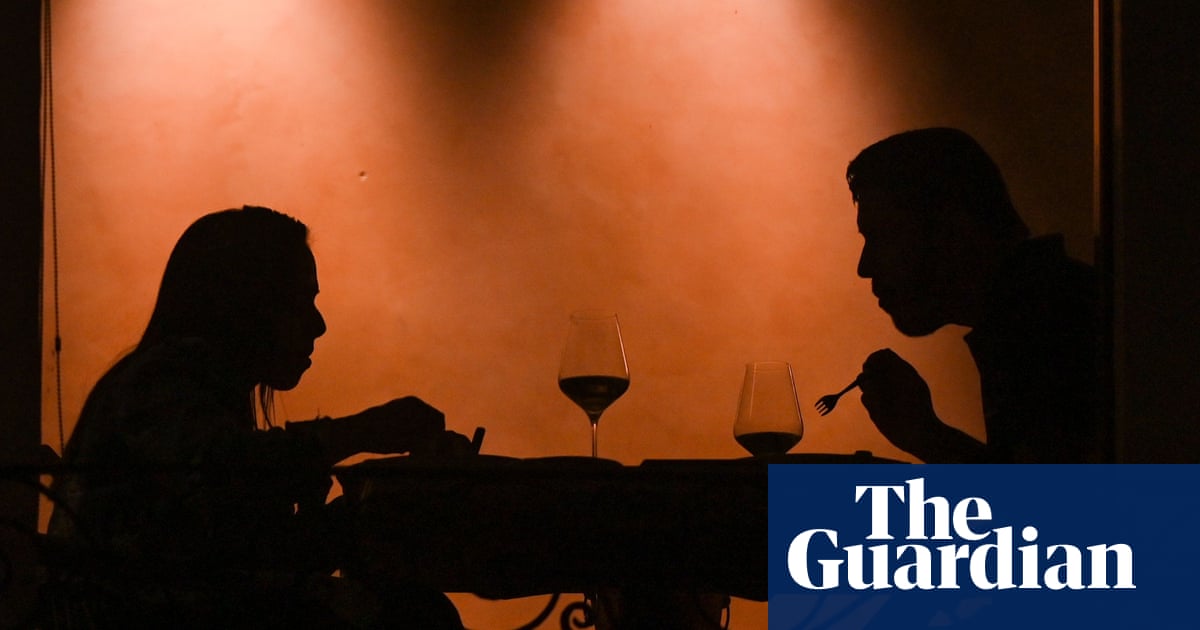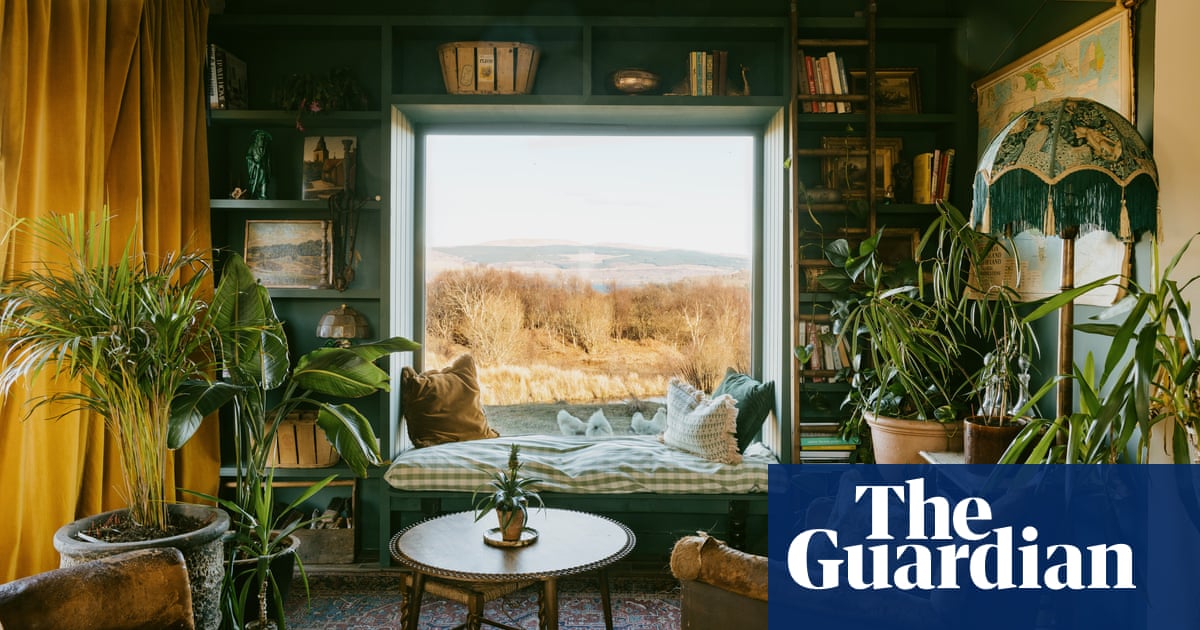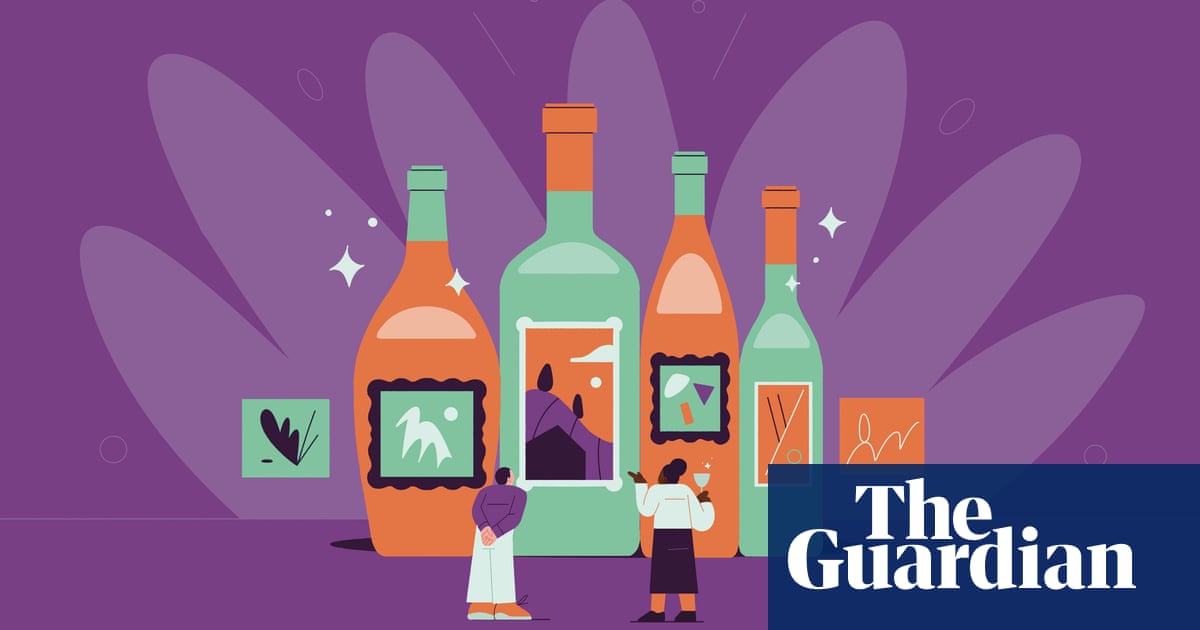
’Tis the season of feasts and soirees, often accompanied by a glass of something special. But how do you select a bottle that is affordable and delicious? Wine aficionados share the secrets to choosing a winner that won’t break the bank.
Go for crowd-pleasers
“Avoid wines with too much personality,” says Fiona Beckett, the Guardian’s wine writer. Don’t assume everyone likes a sweet, high-alcohol red or a New Zealand sauvignon blanc, she says; instead, go for “easy-drinking, middle-of-the-road wines”. “Rioja reserva and côtes du rhône are accessible under £10 and good safe bets, while almost everyone likes a fresh picpoul or a pale, crisp rosé,” she adds.
How low can you go?
“Six pounds,” says Beckett. “If it is on offer, this could fall to £5.50. For £7 to £10, you can usually get something quite good.” Bert Blaize, a sommelier and wine consultant who runs North Norfolk Cellars, says: “On an average bottle of £5.50 wine, if you take out excise duty, margin at the supermarket, VAT, packaging and logistics, you are left with 21p for the actual wine that you’re drinking, which is cheaper than mineral water.”
Don’t be afraid of own-label wines
“There is fantastic value to be had,” says Beckett. She recommends going for the premium supermarket ranges, such as Sainsbury’s Taste the Difference, Extra Special at Asda and Tesco Finest. Sophia Longhi, a wine writer, judge and tastings host in Hove, East Sussex, runs the online wine community Skin + Pulp. She rates the Marks & Spencer Found range: “They specialise in finding wines off the beaten track and unusual grape varieties.”
Avoid the big producers
“There are massive companies that are just wine factories,” says Longhi. “They are so far away from what winemaking actually is.” Blaize adds: “It means you are drinking something that is synthetic and full of rubbish chemicals.” If you have no option but a big brand, choose something European, he says, as the cost of importing adds to the carbon footprint and means less money is spent on producing the wine.
Buy in bulk and ask for a discount
Blaize says that most wine merchants will give you a discount on a case of six or more bottles, even if they aren’t advertising it. “Even the tightest of my mates who have wine shops will knock off at least 5%,” he says. There should be wine open, so you can try before you buy. Beckett says some retailers offer seasonal discounts if you buy a certain number of bottles.
Wine boxes offer great value for money, says Longhi: “The quality of boxed wine has increased exponentially in recent years. You’re not getting cheap, nasty bulk wine in them any more,” she says. “Once you open a box, the wine stays fresh for six weeks, so you’re not wasting a third of a bottle that you forget to put the cork back in. They are especially good for parties – put it on the side and people can help themselves.”
Look for lesser-known regions and grape varieties
“Greece, Romania, Croatia and Poland are producing some really good, undervalued wine,” says Blaize. “They have a long history of growing wine in those countries, but because they haven’t got very fashionable names, like France and Italy, they represent excellent value for money. Lesser-known grape varieties or indigenous grape varieties are great as well. Don’t be scared of grapes you don’t know.”
Longhi says: “The more famous the region or grape varieties, the more money is added to the price tag. There are countries like Romania that are producing wines from their native grape varieties, but also they are using international varieties, like cabernet sauvignon or chardonnay.” She says several Romanian wine regions have a climate similar to that of Bordeaux, “so you get similar-tasting wines, but at a fraction of the price”.
Judge a wine by its label
“I’ve done that loads of times and I’ve not been far off,” says Blaize. “If it’s got a really lovely label, you might be getting something that has been carefully considered and that the winemaker has put love and thought into. Some winemakers design their own labels, which I love.” On the other hand, overly marketed bottles that are etched or unusually shaped are to be avoided, he says.
There are certain things to look for on the label, says Beckett, such as how long the wine has aged: “For instance, with rioja, you get basic rioja; crianza, which has aged for two years; and, better still, reserva, which has been aged for at least three years, so it’s nicely mellow.”
If you are looking at Italian wine, says Longhi, take note of DOC (denominazione di origine controllata, controlled designation of origin) and DOCG (denominazione di origine controllata e garantita, controlled and guaranteed designation of origin) labelling. “You’ve got prosecco DOC, which is the wider region of prosecco. But prosecco DOCG is a smaller region with higher-quality winemaking,” she says. “All Italian wines use this certification system, so gavi DOCG or soave DOCG means you get extra bang for your buck.” So, if you see a “G” on the end, it will be a better wine.
Don’t fall for the punt myth
Does the depth of the punt, or dimple, on the underside of the bottle mean anything? “Everyone asks that,” says Longhi. “Wine producers have got wise to the fact that people assume the deeper the punt, the better the wine, so they tend to make it as deep as they can, but it’s a complete myth.
“People also think the heavier the bottle, the better quality the wine, but that’s completely untrue – and it’s adding terribly to our carbon footprint in the wine industry. So, lots of savvy producers nowadays will make the point that they are using lighter bottles, which don’t affect the quality of the wine at all.”
Don’t worry about the year
“Ninety-nine per cent of wines are meant to be drunk straight away,” says Beckett. “People do buy them to lay down, but that’s not what you’re doing at Christmas.”
When dining out, order the house wine
“If it’s a nice restaurant, I wouldn’t hesitate to order the house wine, especially if there’s a big crowd of you,” says Beckett. She says it’s a myth that the second-most expensive wine on the menu is often a dud; feel free to go for it if it’s what you fancy.
Avoid big names on restaurant wine lists
“Don’t drink famous wines – like champagne, chablis or châteauneuf-du-pape – at restaurants,” says Beckett. “The better known the name, the bigger the margin.” Go for less popular wines: these are a harder sell and thus less likely to be offered at inflated prices. “Save the big names for sharing at home on New Year’s Eve.”
Ask the sommelier or waiter for advice – it’s their job
As a former sommelier at the Clove Club in east London, Blaize knows a thing or two about ordering wine in a restaurant. “It’s such a weird social environment,” he says. “Like that Peep Show clip, everyone has to pretend they are infinitely wealthy.
“My best advice is: get friendly with the sommelier or the bar staff. Just have a chat with them and tell them what you normally drink and enjoy and ask for a recommendation. If they sell it by the glass, you can ask to taste it first and send it back if you don’t like it. Any good restaurant will not want to rip you off; they’ll try to find something that you love.”
Go for a screw cap
“Corks do aid the ageing of a wine, but we’re talking about wines that are well over £20,” says Longhi. “Most wines today are designed to be drunk in the first couple of years. So, go for screw caps. They are brilliant, because they are environmentally friendly and they keep the wines nice and fresh; there is no risk of cork taint. I would stay away from plastic, like synthetic corks, because they don’t add anything and are worse for the environment.”
If you think it’s corked, send it back
Don’t accept wine that isn’t up to snuff just because it’s cheap. When you try it, “have a little swirl and a sniff”, says Beckett. “If you think: ‘Oh, that’s a bit odd,’ it smells slightly musty or mouldy or you think: ‘That’s not very nice,’ it could be corked. Hand it back and say: ‘I don’t think that’s quite right,’ and hold your ground.” It’s relatively rare, though, she says, not least because a lot of wines now have a screw cap.
Think about wine pairings
Blaize is an author of the book Which Wine When. So, what are his ultimate pairings? “I did so many at the Clove Club, but the one that stood out for me was raw Orkney scallops, mushroom, black truffle, hazelnuts and clementine paired with orange wine. It worked on so many levels.” On his days off, he loves fish and chips with manzanilla.
Beckett says: “My main tip is to concentrate on the sauces and the sides, rather than the main ingredient. Chicken, for instance, can be cooked so many ways – roast, casseroled with cider, in a Thai green curry. Match the style of the dish.” You can find specific pairings on her website, matchingfoodandwine.com.
Sustainable wines can be affordable – but not always
Many low-intervention or natural wines are inaccessible at a low budget, says Blaize. “They are not spraying heavily in the vineyard, which means, with a bad vintage, losing loads of grapes. I was chatting to someone in the summer who had lost up to 60% of their revenue, which means you have to put the price up. It is labour intensive as well, because they are doing everything by hand.”
But there are affordable organic wines out there, he says: “Australia is great for organic wines, because the hotter climate means you are less susceptible to mould and mildew, which means you don’t have to spray as many chemicals.” The downside for UK drinkers is the carbon footprint of importing them.
English wines, despite their lower food miles, are not particularly affordable. “Sub-£10 English wine is not going to be amazing,” says Beckett. “It is more of a fine-wine-producing country than a budget one.” This is because of the uncertain climate, relatively small production and expensive land costs, she says. But English sparkling wines have an excellent reputation and can be a worthy alternative to champagne.
There is good-value fizz
Beckett, Blaize and Longhi agree that cava is the best bet for fizz. Longhi explains: “Cavas offer incredible value for money, because they are made in the same way as champagne – the traditional method. That gives lovely biscuity, brioche-type notes, which you don’t get from tank method wines like prosecco.”
Magnums are a false economy
“Magnums look impressive and they are great for sharing at Christmas, but it is much better value for money buying bottles instead,” says Blaize. “You’re just paying for the extra glass and extra shipping weight. They make fewer of them, too, which pushes the price up.”
Are there decent non-alcoholic wines?
Longhi is pregnant and very familiar with non-alcohol offerings. She recommends Real, which is a tea-based sparkling drink that comes in a champagne bottle. “They are fantastic,” she says. “Not too synthetic or sugary.” Blaize has a preference, too: “There’s one good non-alcoholic wine, which went on the market a year ago and blew my mind: Oddbird.”
What are the experts’ go-to affordable wines?
Beckett: “I’m quite keen on Greek whites that are breezy and cool. The Wine Society has an own-label version, as does Majestic.”
Blaize: “Sicilian reds. I love nero d’avola and frappato grapes. It is one of the hottest places in Europe, and a volcanic island, so there are high mineral levels in the soil and lesser-known grapes. Mandrarossa’s frappato is juicy, drinkable and great with midweek pasta.”
Longhi: “Domaine Bel Avenir beaujolais-villages nouveau 2023 is extremely gluggable and has notes of fresh cranberries. It will go with everything from casual nibbles to your Christmas turkey.”




